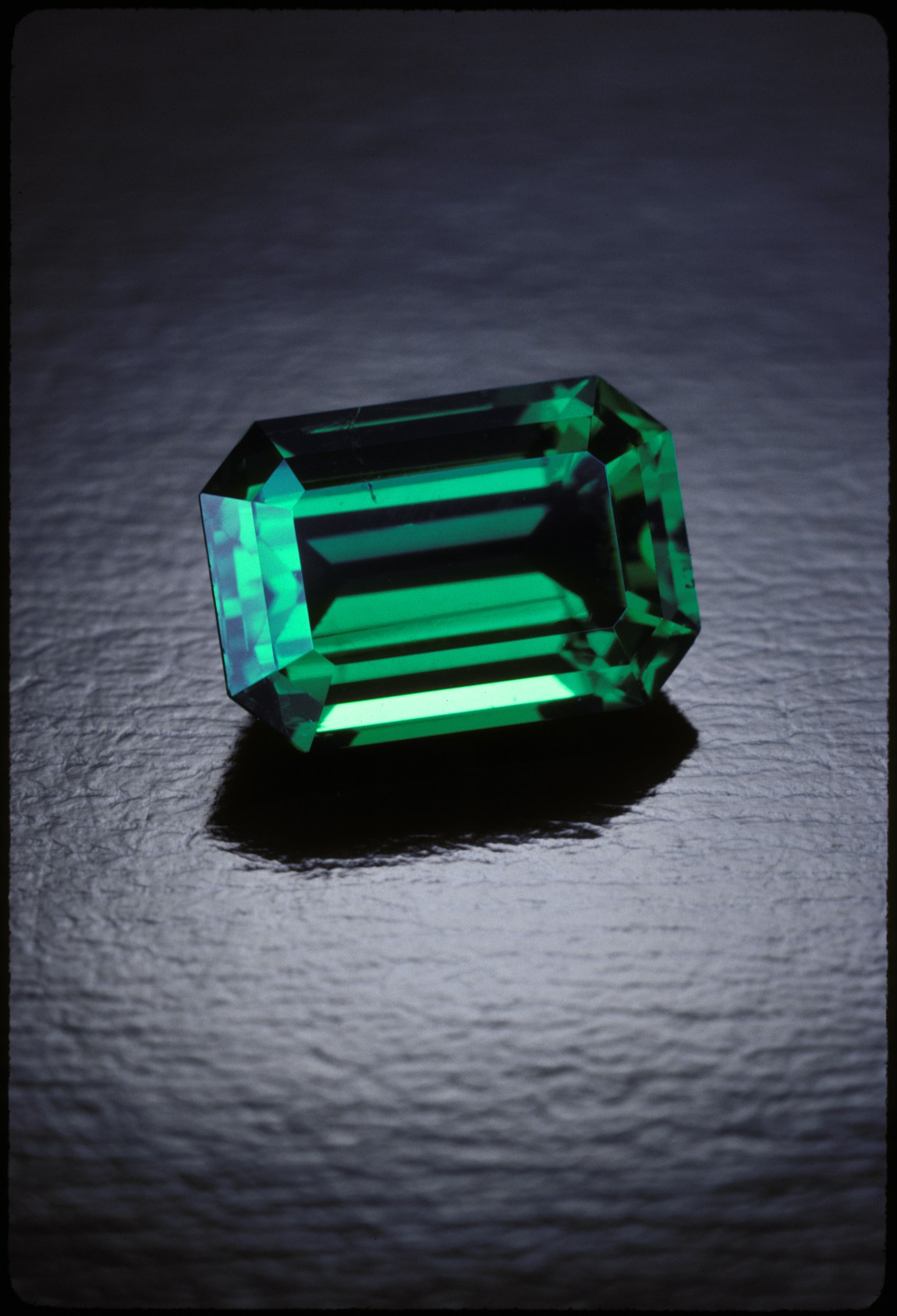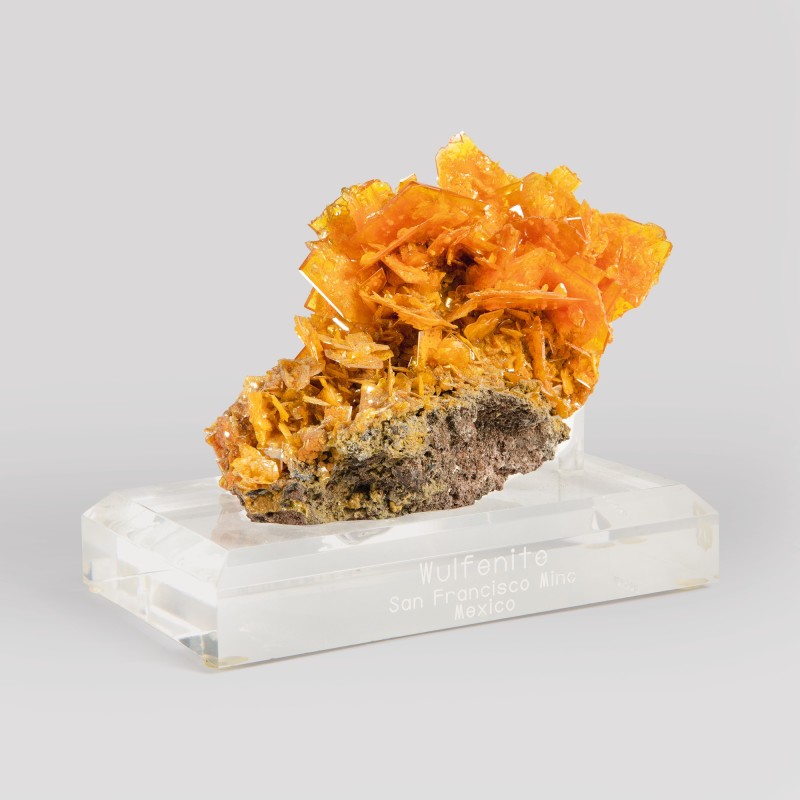This is the claim of the world-renowned Gübelin gemmological laboratory, which recently unveiled a new technology, “Provenance Proof, The Emerald Paternity Test“, which aims to trace emeralds subjected to this process from extraction to marketing. A more than commendable objective when we know the public’s craze for greater traceability and transparency in the field of jewellery. A more than exciting initiative. I had the opportunity to discover this new innovation and I suggest you discover it today on the website.
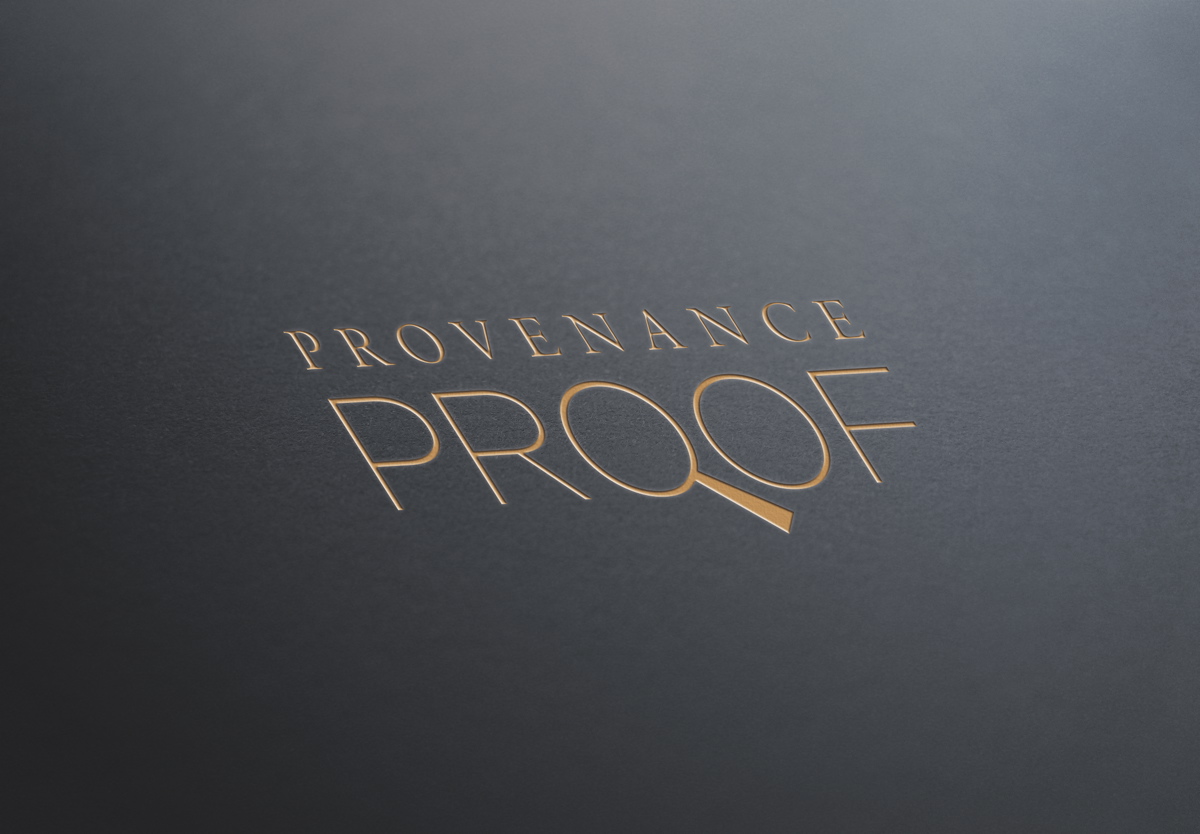
Photo: Gübelin
For several years now, gemmological and geological laboratories have been conducting analyses to provide information on the origin of the stones submitted to them. Amongst the most sought-after stones are emeralds, whose high added value (for the most beautiful ones) means that many buyers need to know everything about the stone or stones they are buying. The analysis of inclusions as well as the isotopic analysis by spectrometry of the oxygen contained in these stones allowed to clarify their origins. Today, the Gübelin proposes to go further by marking the stones as soon as they leave the mine. It is not a question of analysing the stones to find the characteristics of the deposit, but rather of providing an identity card for the stones, which can – in principle – be read several times without being altered.
The fill made by the Gübelin laboratory. It is in English but subtitles are available in many languages including French. Source: Gübelin / YouTube
- Process
To do this, the laboratory uses nanoparticles containing DNA and including information about the mine, its precise location, the date of extraction, the company that extracted the stone… The possibilities are almost endless. The nanoparticles measure 100 manometers (0.0001 millimetres), so they are invisible to microscopes and, according to the laboratory, do not alter the appearance of the stone. After storing the information, the DNA is then “imprisoned” in amorphous silica micro-spheres to withstand the cleaning, polishing and oiling that can occur several times in the life of an emerald. The SiO2 compound used is the same as that used in natural opals. It is also the most abundant compound in the earth’s crust.
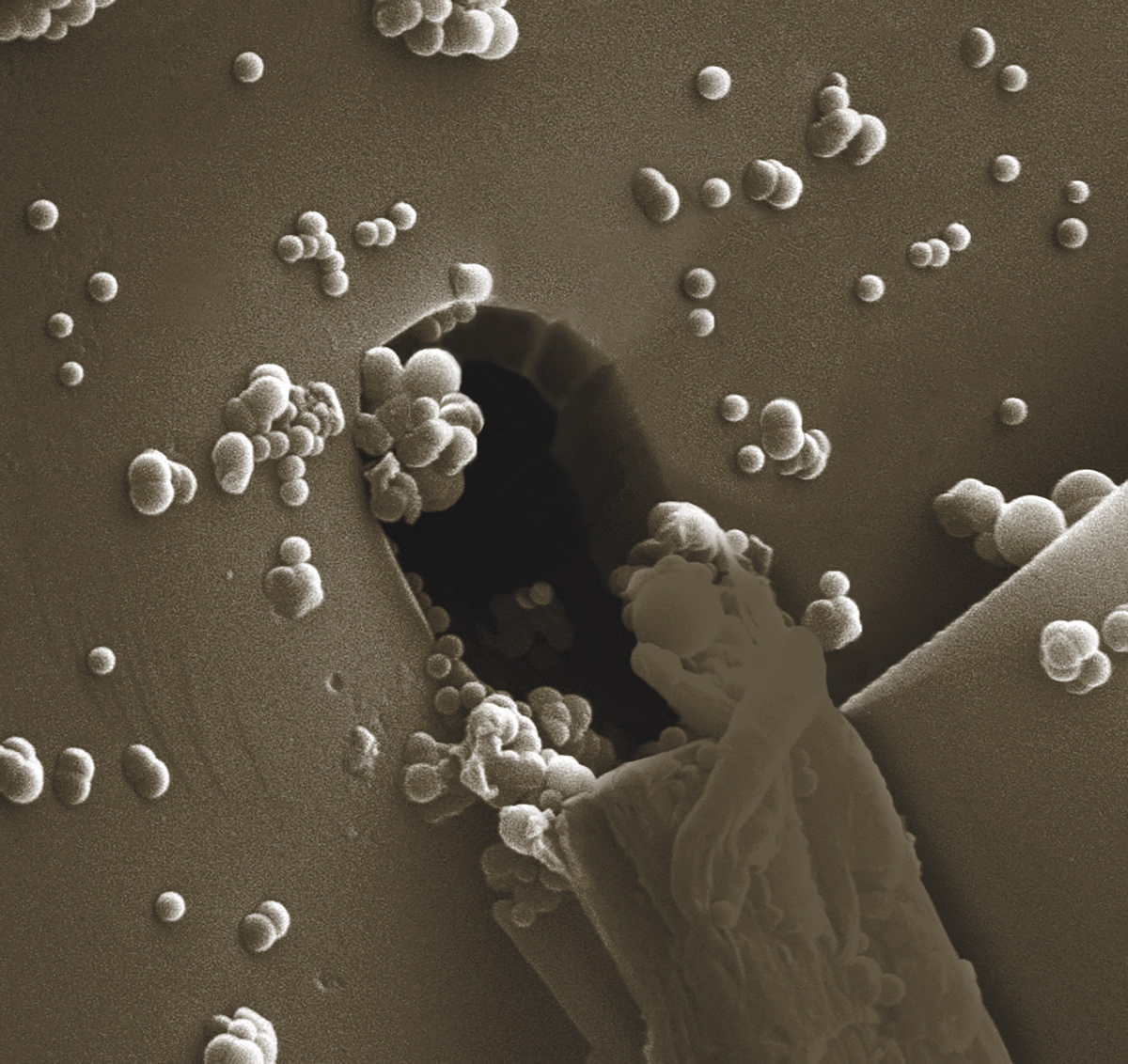
The nanoparticles are attached to the wall of a crack. Actual size 0.0005 millimetres. Photo: Gübelin
The nanoparticles are stored in an ethanol-based liquid in which the raw emeralds are immersed as soon as they are extracted before cleaning and sorting. In doing so, they settle everywhere on the surface of the stone but penetrate the smallest cracks. Once the liquid has evaporated, they are definitively and intimately linked to the gem matrix that carries them. An international patent has been filed by the laboratory.
Of course, a stone that is completely free of cracks is not compatible with this process, but the Gübelin laboratory states that “according to the experiments carried out with this technology, the stones always have submicroscopic cracks (so tiny that the microscope cannot detect them – source CNRS) that are compatible with the nanoparticles and allow them to adhere to the walls, making the paternity test possible.
- Is it a treatment?
This is the question I asked myself when I discovered the process. Should we consider this marking as such if we refer, for France, to the decree of 2002 concerning the trade of gem materials and pearls? A priori yes, since these nanoparticles are an addition to the host gem material. That said, they do not alter the appearance or colour of the stones. And by transmitting crucial information about the stone, they add significant value for the consumer, which is not the case with most treatments that permanently alter the stone and often alter its financial value. However, there is almost no hindsight on the process. It will be necessary to wait several years to know for sure if this one causes modifications to the gem which receives it. Today the decision is in the hands of the CIBJO, which must decide how to classify it. For the moment, I would tend to agree with the opinion of the laboratory which considers that it is not a treatment because it does not physically alter the stone. So I am still curious about the CIBJO’s opinion.
- Is it dangerous for health?
The question arises because many questions about nanoparticles have not yet been answered. As with any new technology, a certain amount of caution is called for. Nevertheless, several things can be said: the synthetic DNA used is identical to that contained in plants, vegetables, etc. It is therefore ingested daily by humans. It is therefore ingested daily by humans. If there is a question, it concerns the nanoparticle as a whole. If we refer to the requirements defined by the European Commission and the Occupational Safety and Health Administration (OSHA) based in the USA, the nanoparticles used in this case do not contain toxic and bioaccumulative elements. Finally, I would add with humour, that you are not stopped eating the stones that may be submitted to you. The question of risks is therefore not really relevant compared to the problems raised by the presence of titanium dioxide in food.
- How can you access the information contained in the host stone?
For this, it is necessary to submit the stone to the Gübelin laboratory. For the time being, it is the only one to have the technology to analyse and decode the DNA contained in the nanoparticles. However, this should be possible in the coming months with partner laboratories. Technically, how does it work? The particles are recovered from the walls of the cracks using a buffer solution patented by the laboratory, and then subjected to Quantitative PCR. The latter is a special polymerase chain reaction method that measures the initial amount of DNA and then decrypts it, releasing the coded information. As such, the Gübelin is the custodian of the information and the only one with access to it. It is therefore necessary to use this structure to make a stone that has been subjected to this process speak.
- Can the information contained in the stone be modified?
According to the laboratory, the information contained in the stone is inviolable. However, once the stone has been subjected to a reading of its information, it is necessary to notice the stone again. This is of course done by the laboratory.
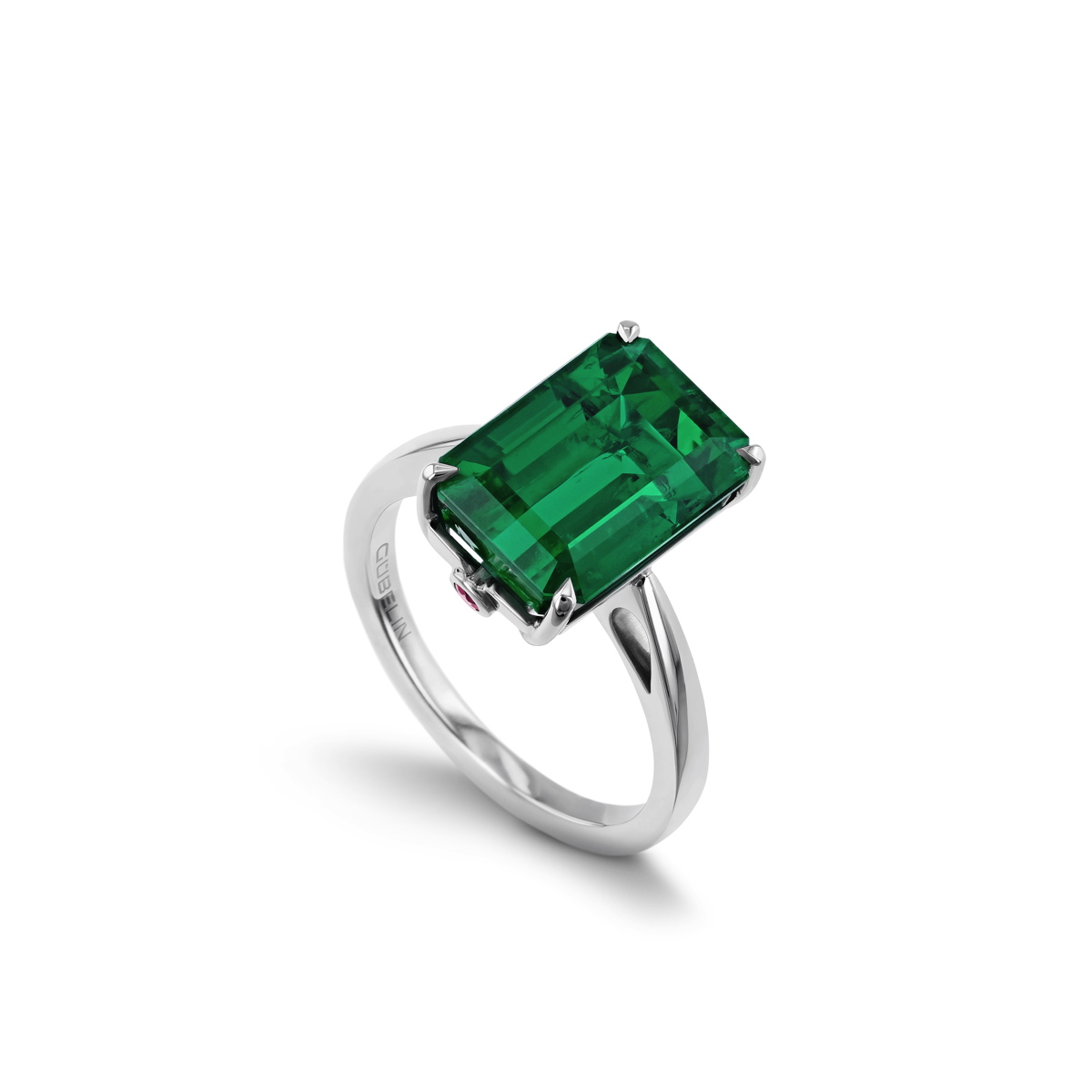
On this ring, the first emerald subjected to the process Photo: Gübelin
- A first emerald undergoing the process.
This new technology was used for the first time with the emerald set in the Ancient Path platinum ring by Gübelin Jewellery. Thanks to this “Emerald Paternity Test“, the origin of this emerald weighing over 6 carats can be clearly traced back to the Belmont mine in Itabira, Minas Gerais, Brazil. Since then, this gemstone can be clearly traced back to its origins. No doubt we will have to follow this technology and its evolution, which I believe will be rapid. The laboratory has announced that it is already working on marking rubies.
I am always curious and enthusiastic when I see the technological advances that gemmological laboratories make. This is, in my opinion, indissociable today from an ever more assertive desire to trace the raw materials that go into the composition of jewellery. We see it for gold, silver, copper, gemstones cannot escape this movement. This marking will also perhaps allow extraction practices to evolve. Making them more virtuous. This is certainly a dream in 2017, but I hope that we will succeed one day. In any case, I will follow this new process, its developments and future applications with interest. And I will be sure to tell you about it. The future is already here!
See you soon!
